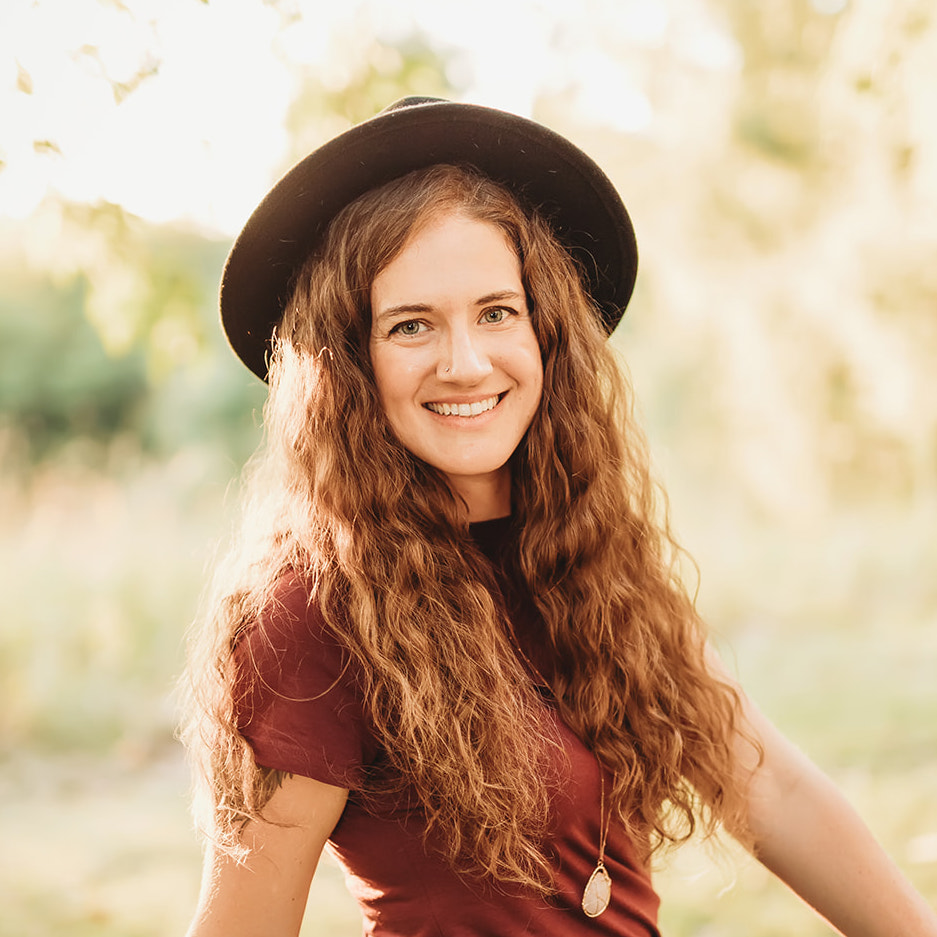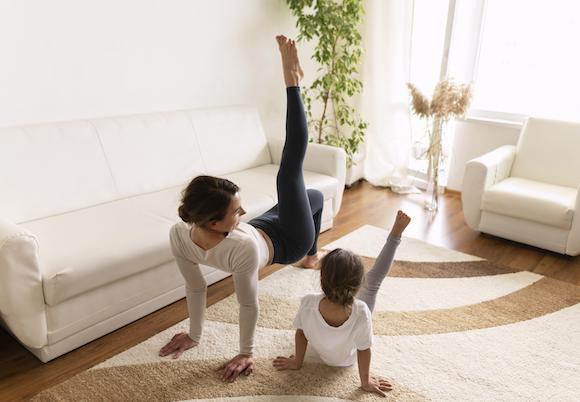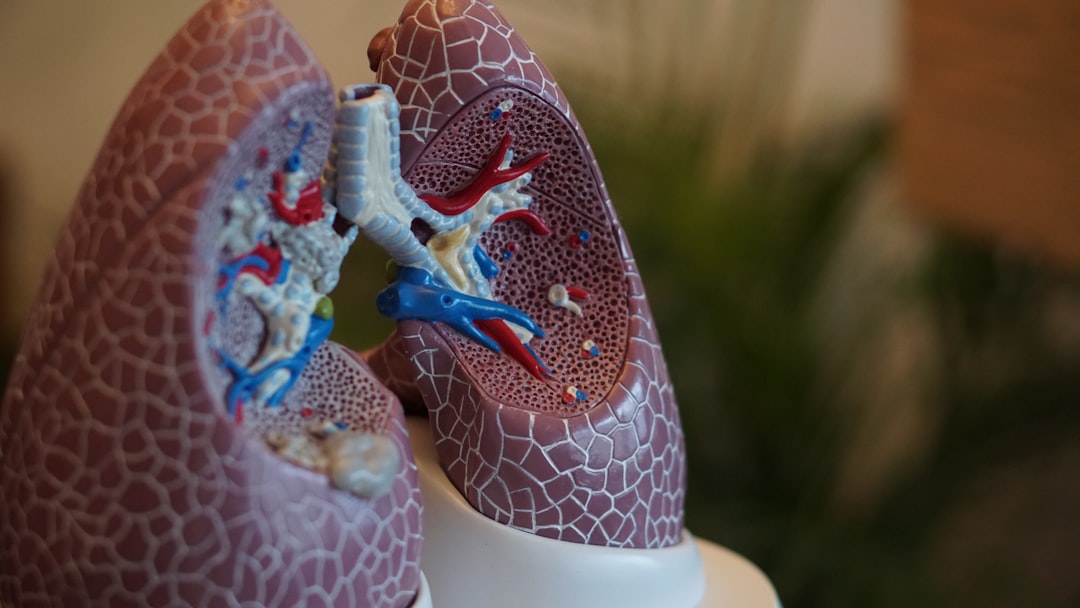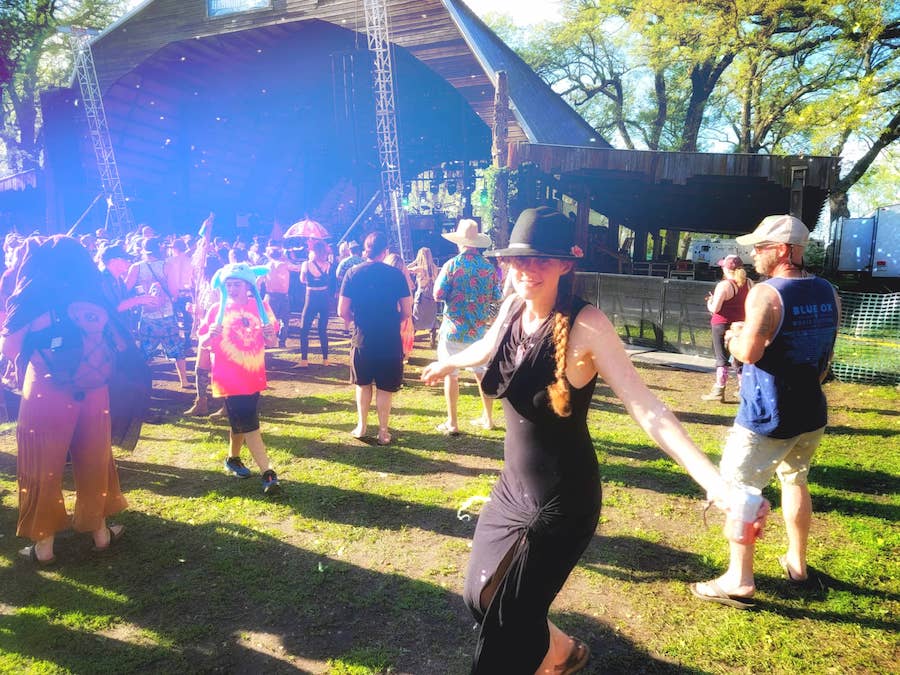6 Surprising Benefits I got from Rolfing

Photo by Nino Liverani on Unsplash
As a wellness professional, I’ve always been fascinated by the wide array of hands-on healing modalities that this world has to offer. From ancient Japanese traditions like Shiatsu to medical massage used in today’s hospitals, healing with touch is a time-honored tradition that connects humans with one another so profoundly.
Last fall, I had the opportunity to give Rolfing™ a try, when I was connected with an old friend of my mom’s, Cindy. Cindy has been a Certified Rolfer™ for 25 years and has a wealth of knowledge when it comes to the human body. As a relative newcomer into the bodywork industry, I jumped on the opportunity to get “rolfed” and experience this form of specialized bodywork for myself.
What is “Rolfing"?
Rolfing or Structural Integration is a form of bodywork that specifically targets your body’s fascia, the thin casing of connective tissue that weaves between each of your muscles and your organs, literally connecting your body to itself from head to toe. Rolfing is believed to help ease chronic and acute pain, and improve things like flexibility, range of motion, balance, and proprioception.
The modality was developed in the 1960s by Dr. Ida Rolf, a biochemist by trade who believed that when the body is in proper alignment with gravity and in movement, it can heal itself. She believed misalignments in the tissues and bony segments of the body not only inhibited movement but inhibited functions of the body as well, including the ability to heal.
Rolfing is traditionally done in a set of ten sessions, each one focusing on a different aspect of the body, and the last couple of sessions, the body as a whole. Cindy expands her treatments into twelve, breaking up two of the more complex sessions into four parts.
With each session, I learned more about my own body, my own patterns of balance and movement, my past physical traumas that were still being held in my tissues, and my overall, inseparable mind-body connection.
Here are the six biggest, and most surprising, benefits I got from my Rolfing experience.
My breath opened up.
Ida Rolf believed that if you can open up the breath, the rest will follow.
Prior to my Rolfing sessions, I fancied myself a pretty good belly-breather. Deep inhales that fill you from the belly up are something I’ve covered in multiple massage courses and training throughout my career, and always reiterated its importance to my clients as an integral part of fitness and health. I’m also an on-again-off-again yogi and pilates goer, so I’ve always believed in the power and importance of breathwork.
One of the Rolfing sessions specifically focuses on the diaphragm and ribcage area, loosening up restricted fascia that could potentially be inhibiting your breath.
As Cindy was working around my ribcage, she asked me, “Did you have pneumonia as a child?”
That question just about took my breath away. I did have pneumonia, actually, and was even hospitalized for a week over it at age four. As it would turn out, that traumatic illness to my little lungs had done some damage, not just to the organ but to the connective tissue that intertwined those organs to the rest of me.
After that session, I felt myself inhaling deeper than I ever thought possible.
The first thing I noticed was that prior to this work, my deepest inhales were a sequential movement. First, my belly would expand, then as it filled, my chest and rib cage would rise second. When I would reach the top of a breath, I was signaled by a tight feeling around my neck and chest, a pulling sensation I believed to mean my lungs were full and could not expand farther. Turns out, my lungs could have probably expanded more, just not the connective tissues all around them.
After that session, I could watch my stomach and my ribcage expand simultaneously in one, smooth movement.
At the top of my inhales, I actually felt as if my lungs were full in a different way than I had previously experienced. I know that tight, pulling feeling wasn’t an indicator that my lungs were as full as they could be, it was actually a tissue restriction that prevented me from really filling my lungs. My lungs would be trying to expand against tight tissues in my chest and neck, and that would result in the pulling sensation that I was feeling.
When my lungs are full, I don’t feel a pulling or a tense sensation at all, just sweet air filling me to the top.
This work has connected me more with my breath and the air that fills my lungs.
My balance improved.
During each session, Cindy would often have me take breaks to stand and walk around. As I did this, she would have me bring my awareness to where my feet connected with the ground, and where they didn’t. It was a very subtle and nuanced feeling that I’d never thought about before, but I realized then that my feet didn’t rest on the ground symmetrically at all. Actually, the more I observed, the more I realized they weren’t even close.
After the session that focused on the feet and legs, she had me stand and I could feel all four corners of each foot, as well as all ten toes connected with the ground. It was about as close to perfectly symmetrical as I’d ever felt.
With that newfound connection, I’ve been able to balance better and have seen improvements in my yoga, my skiing, and my overall movement.
My posture has improved.
Even though this Rolfing experience, I still saw my own massage therapist every four to six weeks. I shared the experience with her, telling her what I’d been learning about myself and my body in the process, as well as what I was learning about the practice of Rolfing itself.
She noted that she could visibly see a difference in how I was standing, my natural posture, and even the texture of my muscle tissues, especially around the pelvis. My chiropractor noted the curve in the middle of my back had straightened out a little bit, as well.
When I’m sitting at my computer at home, or on my backless stool at work, I am aware of how much more naturally my shoulders sit back, how much better I am able to hold my head up, and sitting for periods of time with my head down actually becomes somewhat uncomfortable. I’m able to sit upright with ease, and I can feel my shoulders rest backward, my scapulas slide back down my ribcage, and my chin is up, a good example of excellent posture.
What a view it is to be looking upwards at the world in front of me again!
I released some pent-up emotions.
This ended up being a surprising benefit that honestly caught me off-guard after the same session that opened up my breathing so much.
In Traditional Chinese Medicine, the lungs are associated with grief. Have you ever felt so sad that there was a weight on your chest, making it physically harder for you to breathe? It’s believed in TCM that when grief is not properly processed, it can later manifest as issues in the lungs.
Last year was tough in many ways. COVID-19 hit, my business was shut down for a little while, then I had to re-open my doors with a viral pandemic going on that had no end in sight. For the most part, I felt I held it together well when it came to my own life. Then, within a short couple of months period, my husband lost one of his best friends unexpectedly who was also a friend of mine, one of my best friends spiraled into a very bad depression, and my dad was diagnosed with cancer. For a brief, fleeting moment, I held it together. Life certainly threw a brick at me, but I found a way to bottle it up and push forward.
A couple of days after the session that worked on my diaphragm, my ribcage, and my lung space, the one that opened up my breath to new levels I’d never known possible, all the grief I had been bottling up for the past few months reached its tipping point. That bottle I’d been stowing everything away in shattered, and I felt three months of sadness all in a week.
I cried, a lot. One thing would upset me and I’d feel it the rest of the day. I’d wake up feeling okay, then something would turn before breakfast. I was fragile, never knowing what would upset me nor how to even make it better. This continued on-and-off for a couple of weeks, gradually getting better until an intense Reiki session and a weekend in the Northwoods with my husband for New Years’ balanced me back out.
The thing about feelings is that in order to process them, you have to feel them. Since I’d been bottling mine up for months, I was forced to feel all of it in a short period. Each wave, each up and down that I had so meticulously funneled into my metaphorical bottle to hide deep inside of me had to come out, and experience it, I did.
That wave passed after a while, but I don’t think it was a coincidence that when my breath opened up when that tense fascia around my lungs that had been traumatized by pneumonia as a child was released and my lungs could breathe to their fullest again, that all that grief and sadness came rushing out. Experiencing these feelings was a necessary part of healing, and the Rolfing work helped me process it all.
My Mind-Body Connection Improved
During each session, I was coached to bring awareness to my body as I’d mindfully walk around the room, balance on one foot, then the other, or on a Tuning Board and was coached to feel each movement as my body found its center.
I had awareness brought to issues I never knew I had. I can feel my feet connecting to the ground in ways I never had before. When I walk, I’m more aware of not just the overall movement of my legs, but the gradual flexing and extending of each hip, the connection my feet make with the earth with each step, and all the small movements in between.
Cindy did an excellent job of having me consciously think about how everything felt, both before and after each of the sessions. Sometimes, it would take me a few moments to put words to what I was feeling, all the small, nuanced differences that added up over the three months we were working together.
Today, a month after our treatment ended, I still feel an enhanced connection with my body, an awareness of each joint and each muscle and all small movements that go into being human that I’d never connected with before.
I can do a pull-up now.
Up until the last couple of years, I’ve never had great upper body strength. When my husband and I first started dating, he would tease me because I would attempt to flex my arm and I could barely get my bicep to pop. These days, I can flex my arm and tell him, “Hey look, honey, I told you I have a muscle there.”
Last year, we got a pull-up bar for our bedroom doorway. I mostly wanted it to stretch my shoulders and hang from like a monkey, but I’ve also been challenging myself to get better at pull-ups, a complex gym maneuver I’ve always avoided not necessarily because they were hard, but because I remember them being uncomfortable. Even when I went to the gym and utilized the weight-assisted kind, I recall a discomfort in my shoulders that prevented me from really wanting to do them.
The bar went up after I completed my final Rolfing session. After a few weeks, I was also able to do one full pull-up, and it doesn’t feel uncomfortable on my shoulders at all, I only feel the normal shakiness that comes with learning a new strength-building exercise.
One of the noted benefits of Rolfing is improved mobility. The bar also serves the purpose of helping me stretch after a full day of doing massages, and I have noticed how much deeper into each stretch I am able to get. I don’t even get sore in my shoulders after work, a problem I would get sporadically when I had a particularly long day or had been neglecting my self-care routines.
Anyway, my one pull-up I can do may not be very pretty yet, but at least it’s one.












If you enjoyed this article or recipe, please consider giving it a comment! It helps others discover my blog and recipes, and your comments always make my day :) Thank you for your support!
Your email address will not be published. Required fields are marked *
1 comments on 6 Surprising Benefits I got from Rolfing
I appreciate that you mentioned that rolfing is often performed throughout 10 sessions, with the final two sessions concentrating on the body as a whole. Each session focuses on a different element of the body. I have been suffering from severe back pain for the past two weeks as a result of my extensive standing. In light of the possibility that my posture is a factor in my back discomfort, it could be a good idea for me to research rolfing. https://rolfingnyc.com/rolfing-new-york-city